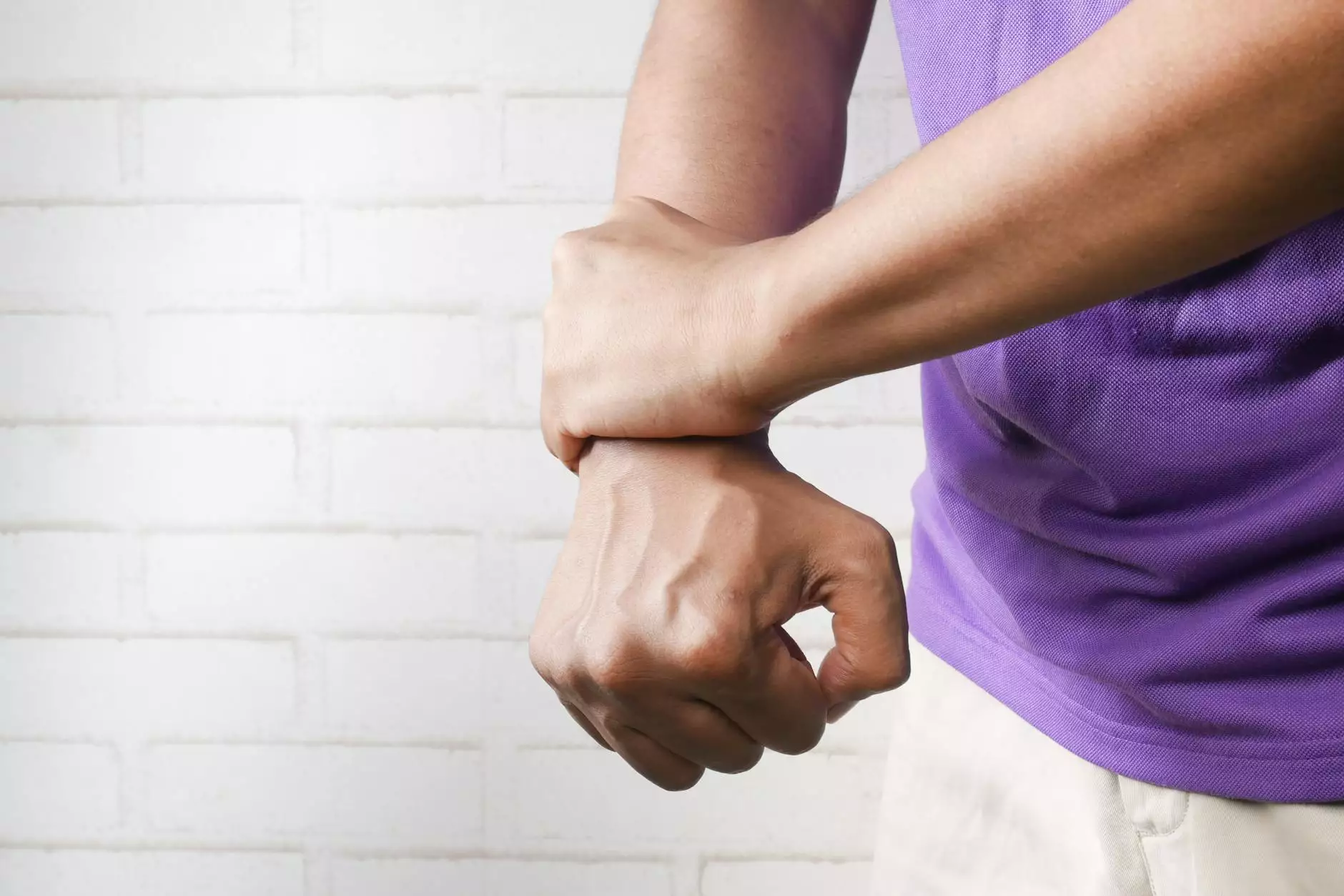How to Ice or Heat an Injury
Physical Therapy
Welcome to Bowling Orthopaedics, your trusted source for expert advice on injury recovery and orthopedic care. In this article, we will guide you through the proper techniques of using ice or heat to effectively treat injuries. Whether you have sprained an ankle, pulled a muscle, or are recovering from a surgery, understanding how to properly apply ice or heat can significantly aid in your recovery process.
When to Use Ice
Ice, also known as cryotherapy, is an excellent treatment option for acute injuries or conditions that are accompanied by inflammation, swelling, or pain. By applying ice, you can reduce blood flow to the injured area, decrease inflammation, numb the affected area, and alleviate pain. Here are some common situations where ice application is beneficial:
- Sports injuries such as sprains, strains, or muscle tears
- Joint injuries such as ankle sprains or knee injuries
- Ligamentous injuries like tendonitis or bursitis
- Post-operative swelling
- Acute back or neck pain
When applying ice, it is essential to remember the acronym 'COLD' for the best outcome:
- Compression: Use a compression wrap or an elastic bandage to control swelling.
- Off: Apply ice for 15-20 minutes every 2-3 hours, giving your skin a break in between.
- Left side up: Elevate the injured area above the heart level to reduce swelling.
- Dry: Make sure your skin is dry before applying the ice pack directly to it.
Always remember to wrap the ice pack in a thin cloth or towel to protect your skin from direct contact, as extreme cold can cause skin damage. Never apply ice for too long, as it can result in frostbite. If you experience prolonged pain, seek medical advice to rule out any severe underlying conditions.
When to Use Heat
Heat therapy, also known as thermotherapy, is an excellent option for chronic injuries or conditions that benefit from increased blood flow and relaxation of muscles. Heat can help alleviate stiffness, promote healing, and provide soothing relief to the affected area. Here are some situations where heat therapy is recommended:
- Chronic muscle or joint pain
- Arthritis-related discomfort
- Stiffness or discomfort associated with poor circulation
- Muscle tension or spasms
- Non-inflammatory conditions such as menstrual cramps
When using heat therapy, follow these guidelines for the most effective results:
- Timing: Apply heat for 15-20 minutes, preferably before engaging in any physical activity.
- Environment: Find a comfortable and quiet place where you can relax while receiving heat therapy.
- Moisture: Apply a damp towel between the heat source and your skin to protect yourself from burns.
- Protection: Avoid falling asleep with a heating pad, as it may cause burns or other injuries.
Remember, applying heat to an acute injury or during the first 48-72 hours of an injury can worsen inflammation and increase swelling. Heat therapy is most effective for chronic conditions or after the initial acute phase of an injury.
Conclusion
Properly using ice or heat can significantly aid in the recovery process and provide relief for various injuries and conditions. Understanding when to use each therapy, following the recommended application techniques, and seeking professional guidance when needed are important steps towards your healing and well-being.
At Bowling Orthopaedics, we are dedicated to helping you recover and regain optimal health. Our team of experts can provide personalized advice and treatment plans tailored to your specific needs. Don't let injuries slow you down – learn how to effectively apply ice or heat today and take control of your recovery journey!




